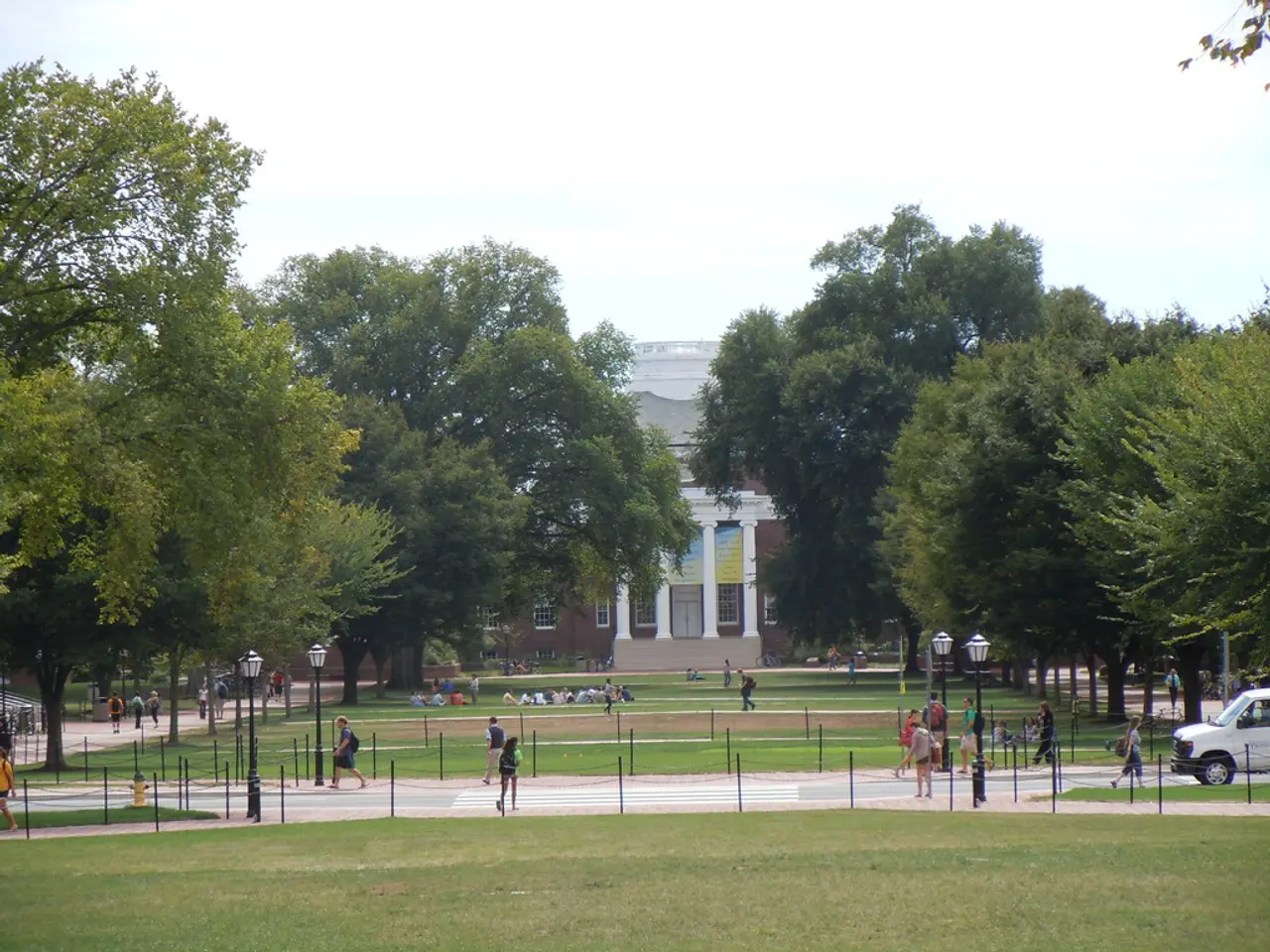Experienced Life of Slavery Recounted by Harriet Jacobs, a Pioneering Author Among Enslaved Women
Harriet Jacobs, born in 1813 or 1815 in Edenton, North Carolina, lived a life marked by adversity and resilience. Enslaved by Dr. James Norcom, she was subjected to sexual harassment at a young age, around the time she turned 15.
Jacobs resorted to extreme measures to escape Norcom's advances, including entering into a sexual relationship with a white lawyer named Samuel Tredwell Sawyer. This relationship was a means to an end, as she used it to secure a promise from Sawyer that he would help her escape to the North.
After seven years of hiding, including in a tiny crawlspace in her grandmother's attic, Jacobs ultimately escaped to the North. It was there that she became involved with the abolitionist movement and, in 1861, published her seminal work, Incidents in the Life of a Slave Girl.
Incidents became one of the most important and influential firsthand accounts of slavery, shedding light on the undiscussed realities of sexual abuse that haunted women like her across the South. The book offered a harrowing look at the realities of American slavery from the perspective of an enslaved woman, providing a personal and powerful counterpoint to the predominantly male narratives of the time.
The impact of Incidents on the abolitionist movement was significant. It personalized the brutal realities of slavery, focusing on the gendered experiences that were often overlooked in other narratives. The book helped galvanize anti-slavery sentiment by exposing the inhumanity of slavery to Northern audiences, thereby expanding the abolitionist cause to include the rights and dignity of enslaved women.
Essentially, Jacobs’s narrative contributed to a broader understanding of resistance beyond overt rebellion, highlighting everyday acts of courage and survival among enslaved people. This strengthened abolitionist arguments against the institution of slavery.
For much of her childhood, Jacobs was sheltered from the harsh realities of American slavery. However, her experiences as an enslaved woman and her subsequent escape and involvement with the abolitionist movement transformed her into a powerful voice for change.
After the Civil War, Jacobs and her daughter were involved in relief work, nursing Black soldiers and helping recently freed slaves. Tragically, Jacobs passed away on March 7, 1897, in Washington D.C. and was buried at Mount Auburn Cemetery in Cambridge, Massachusetts.
Incidents in the Life of a Slave Girl was largely forgotten until the 1960s, when it was rediscovered and its authorship was attributed to Harriet Jacobs, not Lydia Maria Child as was previously believed. Today, Jacobs' book is considered one of the most important slave narratives of its time, continuing to inspire and educate readers about the brutal realities of American slavery and the incredible resilience of those who endured it.
Harriet Jacobs' seminal work, Incidents in the Life of a Slave Girl, offers a learning opportunity about the hidden realities of sexual abuse that black women faced during slavery. This historical account, now considered one of the most important slave narratives, also serves as an education-and-self-development tool for understanding the resilience and everyday acts of courage among enslaved people.




